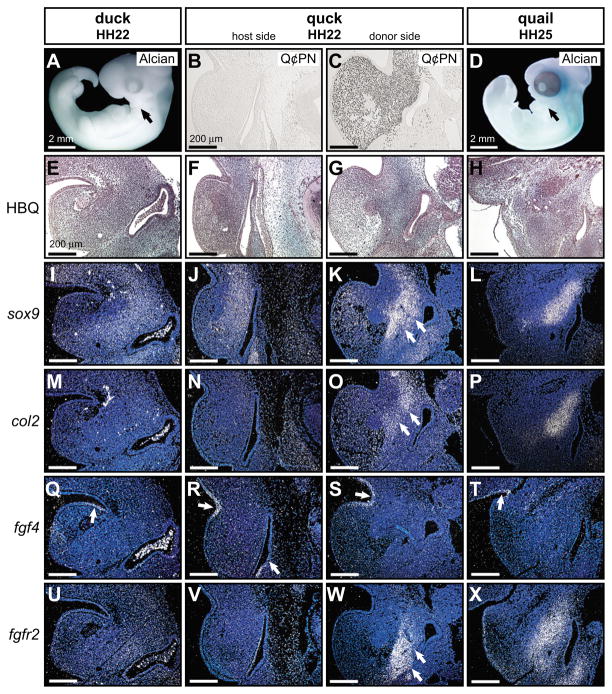Fig. 5. Mesenchyme regulates early histogenesis of Meckel’s cartilage.
(A) Whole-mount Alcian Blue stained embryos at HH22 reveal that cartilage has yet to form in proximo-lateral regions of the avian mandible (arrow). (B) Duck host mesenchyme was negative for the anti-quail antibody Q¢PN as shown in sagittal section. (C) By contrast, donor sides of HH22 chimeric quck mandibles contained abundant quail neural crest-derived mesenchyme. (D) Jaw cartilages were still not present at HH25 (arrow). (E–H) Similarly, HBQ-stained histological sections through the jaw joint of control and chimeric embryos revealed diffuse Alcian Blue staining in mandibular mesenchyme. (I,J) The chondrogenic transcription factor sox9 was expressed broadly at low levels from the endodermal pouch across mandibular mesenchyme in control embryos, as well as the host side of chimeric quck at HH22. (K) On the donor side, coincident with Q¢PN-positive mesenchyme, sox9 expression was restricted at a distance from the endodermal pouch and levels were considerably higher than that observed on the contralateral host side. (L) Expression of sox9 in control quail embryos at HH25 was equivalent to the donor side of quck at HH22. (M,N) col2a1 was not detected in mandibular mesenchyme of control embryos or the host side of quck at HH22. (O,P) However, col2a1 was expressed in the pre-cartilaginous condensations on the donor side of quck and of control embryos at HH25. (Q–T) fgf4 was expressed continuously at HH25, HH22 and earlier in the epithelium of control and chimeric mandibles. (U,V) fgfr2, which encodes a receptor for FGF4, was not expressed in mandibular mesenchyme of control embryos or in the host side of chimeric quck at HH22. (W,X) fgfr2 transcripts were abundant in quail donor-derived mesenchyme of quck at HH22 like that observed in controls at HH25.

